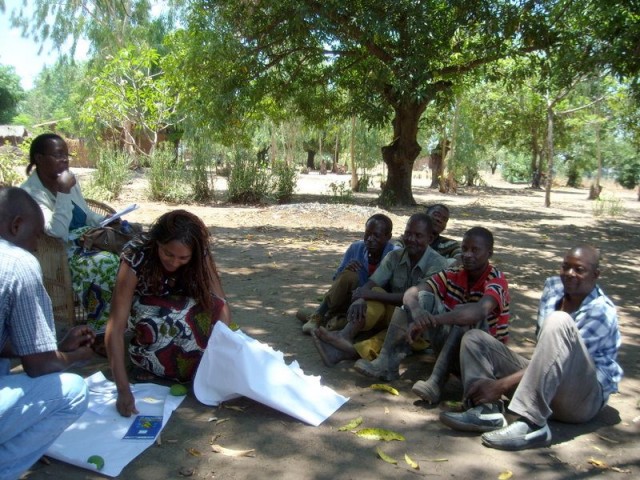
Methods
Evidence for Development works to find new and better ways of understanding poverty. We promote and develop innovative and rigorous methods for collecting and analysing information on household income and livelihoods, based on many years of practical, village-level field work.
These methods provide detailed information on economic activities and access to basic needs across defined populations, producing key insights required for designing policies and programmes and monitoring and evaluating their effectiveness. The research has applications across a wide range of disciplines including climate change and adaptation, food security, health, micro enterprise and social protection.
Accurate information on household economies allows governments, NGOs and donors to review the current status of different groups within a population and to assess when, where and how people’s livelihoods may be affected by particular shocks or changes. Using this evidence, the potential impacts of development and humanitarian programmes can be modelled and appropriate interventions and targeting criteria can be selected. Baseline data and follow-up studies can be used to track the actual changes that follow interventions.
The household economy approach (HEA) is a method for assessing groups of households’ vulnerability to economic shocks and changes over large rural areas, based on livelihood patterns and market information. It can be used to monitor food security and adaptation to climate change, and to inform relevant policy responses and initiatives.
The individual household method (IHM) provides reliable estimates of incomes and access to food and non-food needs at an individual household level, and is used mainly for the design, targeting, monitoring and evaluation of development programmes in both rural and urban areas. The method was designed to overcome problems with widely-used surveys, and involves specialised software that enables data checking and analysis to be carried out by researchers in the field, reducing the risk of errors and making it possible to provide up-to-date information needed by decision makers.
Click on the links above to find out more about the HEA and the IHM, click here for examples of studies and reports that we have conducted and supported, or contact us for more information about these methods and how your organisation might be able to use them.